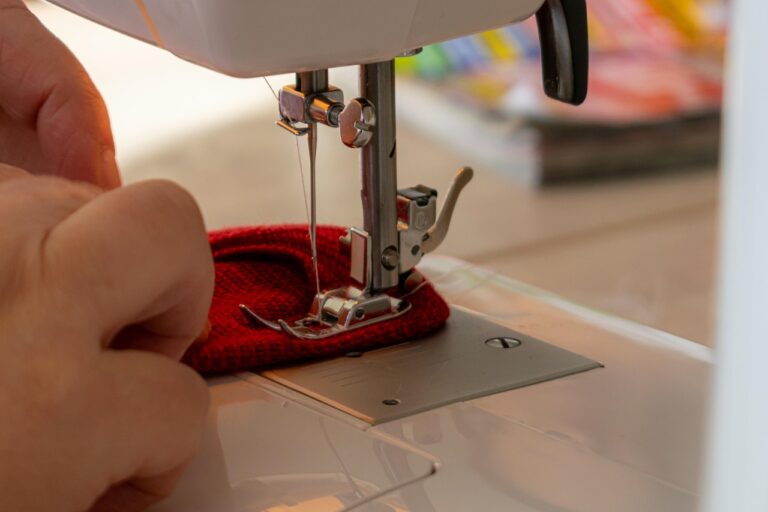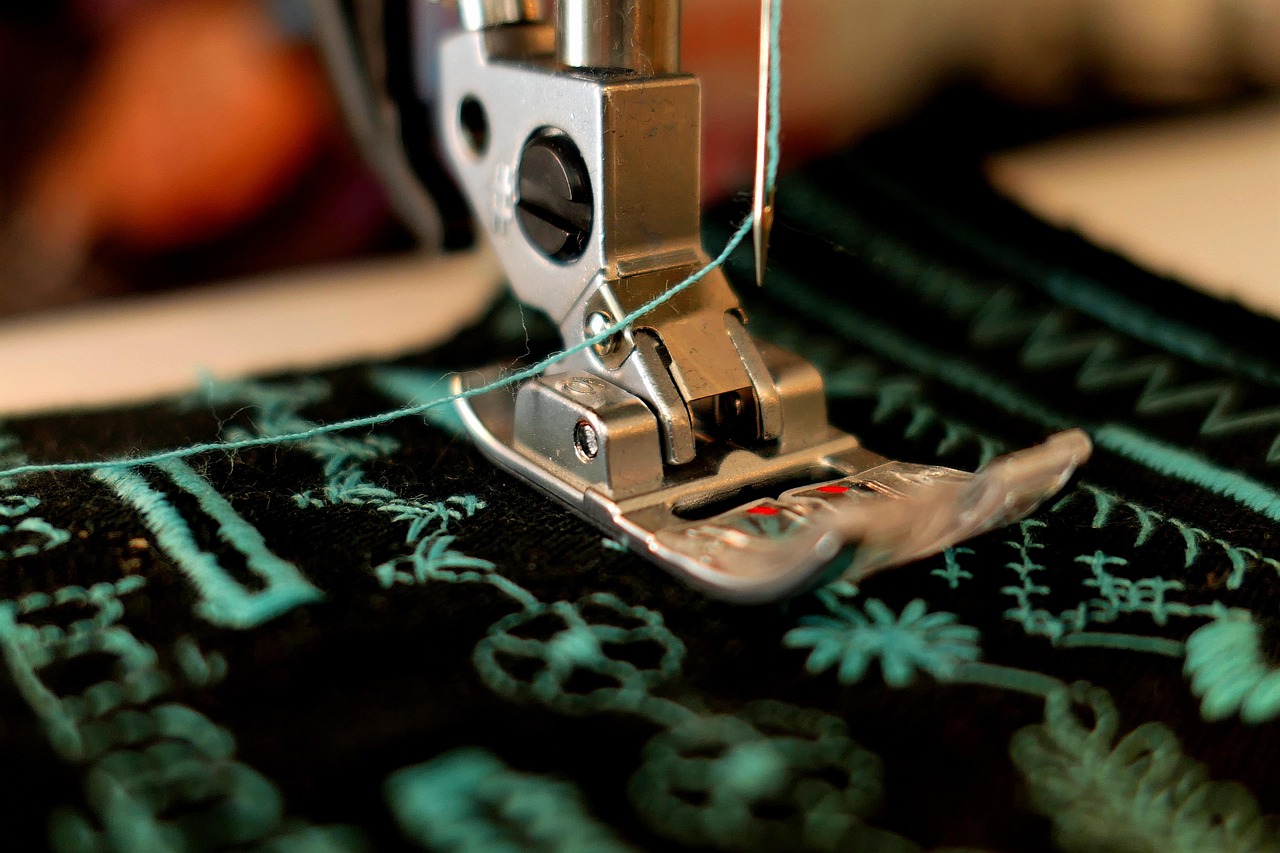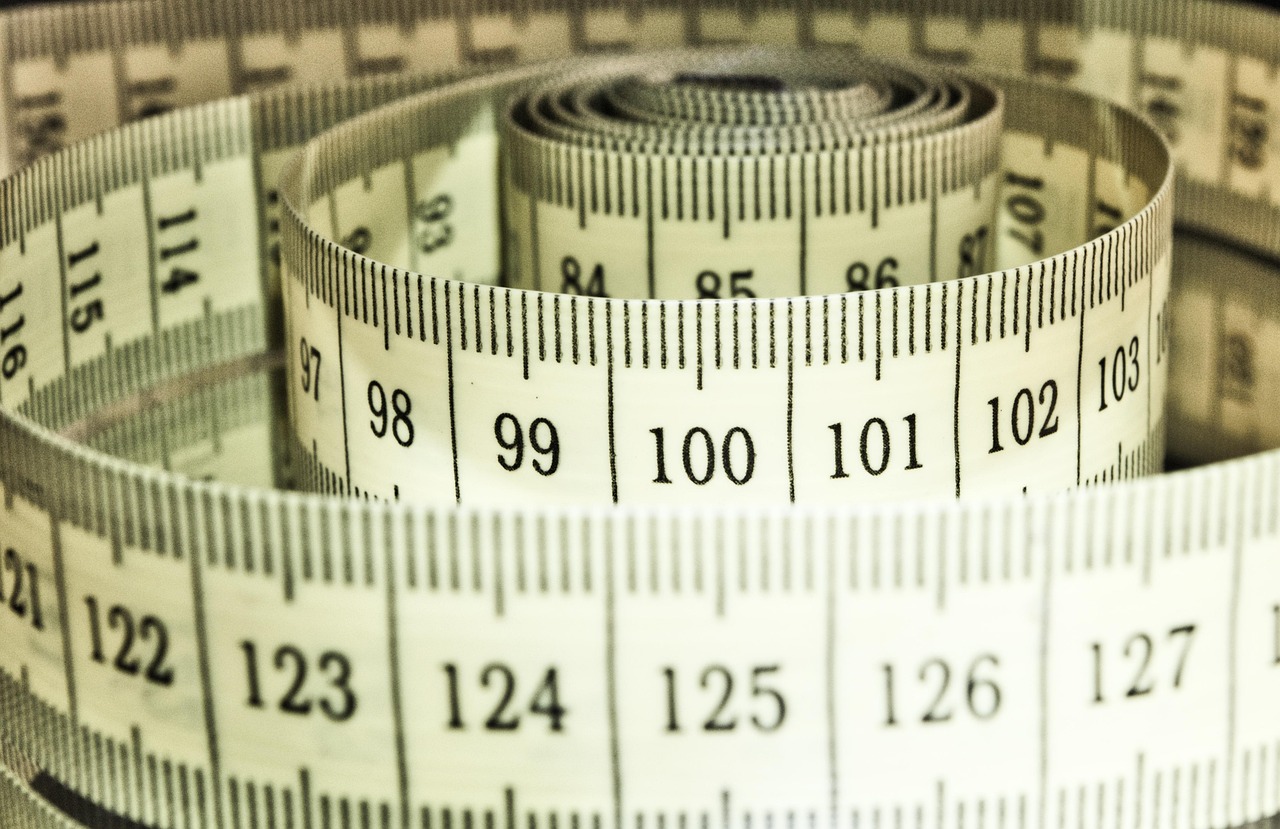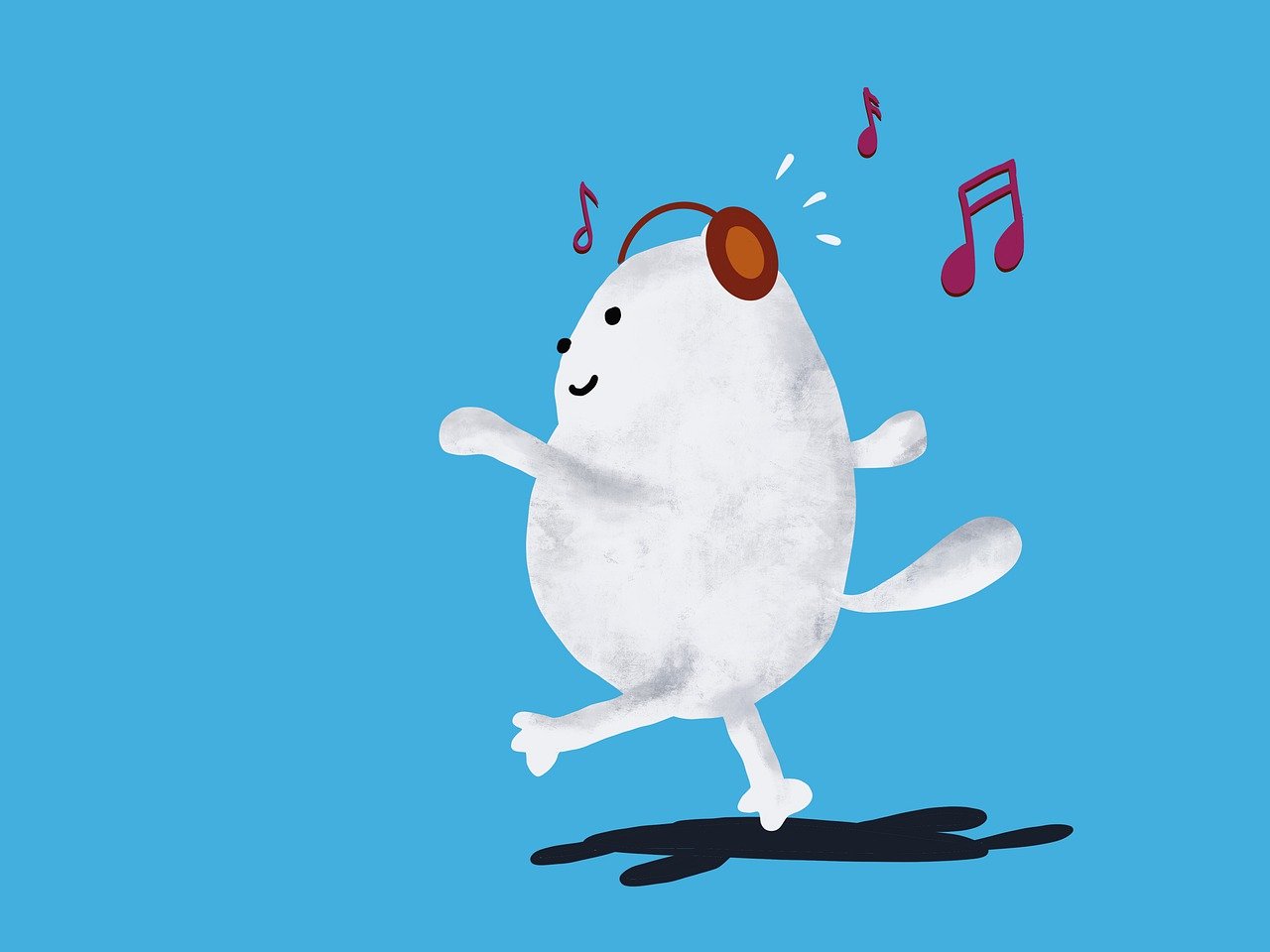Subject: Basic Science
Class: Primary 1
Topic: Meaning and Examples of Simple Machines
Week: 2
Term: Third Term
Duration: 40 minutes
A. Lesson Objectives
By the end of this lesson, pupils should be able to:
Understand what a simple machine is.
Identify examples of simple machines.
Understand how simple machines help make work easier.
Explain how simple machines are used in everyday life.
B. Instructional Materials
Pictures of simple machines (lever, pulley, inclined plane, wheel and axle, wedge, screw)
Objects that demonstrate simple machines (e.g., scissors, ramp, wheelbarrow)
Whiteboard and markers
Chart or flashcards with simple machines
C. Lesson Content
1. What is a Simple Machine?
A simple machine is a tool that makes work easier. It helps to move or lift things with less effort. Simple machines are the basic building blocks of many machines we use every day. They make tasks easier by changing the direction or amount of force needed to do work.
2. Types of Simple Machines
There are six types of simple machines. Let’s look at each one:
Lever:
A lever is a long, stiff bar that rests on a point called a fulcrum. When you push on one side, the lever helps to lift or move an object on the other side.
Example: A see-saw at the playground is a lever.Pulley:
A pulley is a wheel with a rope or chain running through it. It helps to lift heavy objects by changing the direction of the force.
Example: A flagpole uses a pulley to raise and lower the flag.Inclined Plane:
An inclined plane is a flat surface that is tilted. It helps to lift heavy objects by allowing them to move up or down without lifting them straight up.
Example: A ramp is an inclined plane.Wheel and Axle:
A wheel and axle is made of a wheel that turns around a rod called an axle. This simple machine helps to move things more easily.
Example: A bicycle uses a wheel and axle to move.Wedge:
A wedge is a tool that is thick at one end and tapers to a thin edge. It helps to split or cut things.
Example: An axe is a wedge used to chop wood.Screw:
A screw is a long, spiral-shaped rod. It helps to hold things together or lift objects.
Example: A bottle cap is a screw that helps seal the bottle.
3. How Do Simple Machines Help Us?
Levers help lift heavy objects, like a wheelbarrow.
Pulleys help lift things up, like raising the flag on a flagpole.
Inclined planes help move heavy objects up or down, like a ramp.
Wheels and axles help make transportation easier, like on cars or bikes.
Wedges help split or cut things, like using a knife or axe.
Screws help join things together, like in furniture or lids on jars.
D. Class Activities
Activity 1: Simple Machine Identification
Show the pupils different objects that represent simple machines (e.g., a pair of scissors, a ramp, a bicycle, a flagpole, an axe).
Ask them to identify which type of simple machine each object is.
Discuss how each machine helps to make work easier.
Activity 2: Simple Machine Demonstration
Using a small toy or objects in the classroom, demonstrate how each simple machine works.
For example, use a toy car to show how a wheel and axle work, or use a ruler to demonstrate a lever.
Activity 3: Drawing Simple Machines
Ask pupils to draw pictures of at least two simple machines.
Encourage them to label each machine and write a sentence about how it helps.
E. Evaluation (Assessment)
Ask pupils to identify and name the simple machines in various objects they use at home or school.
Show pictures of simple machines and ask pupils to describe what each one does.
Have pupils draw their favorite simple machine and explain its use.
F. Assignment
At home, find and bring to class any object that is a simple machine.
Write a short sentence about how that object helps make work easier.
G. Conclusion
Recap the types of simple machines discussed (lever, pulley, inclined plane, wheel and axle, wedge, screw).
Emphasize how simple machines are used in everyday life to make work easier.
Encourage pupils to look for examples of simple machines in their homes and communities.






